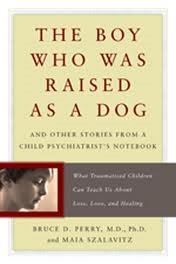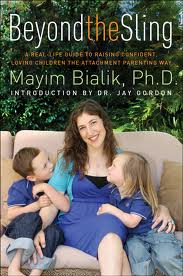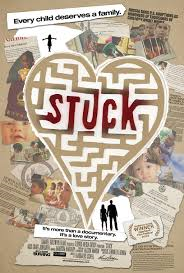I know I say that a lot about books, because I’m reading so many helpful books, but, seriously, this time you MUST read this book if you deal with a kid with RAD! Building the Bonds of Attachment, by Daniel Hughes, is an easy read, with down-to-Earth language and lots of explanations.
The author created a child (Katie) as a case study of a typical RAD scenario. The story follows Katie from birth through 8 years of age. She was born into a physically abusive and emotionally neglectful family which planted the seeds of RAD. She was removed at age 5 and went through three foster homes before her case worker found a foster family and therapist experienced in RAD who agreed to take her on.
Most of the book focuses on Katie’s time at her final foster home. Included is also many therapy sessions and daily journal logs of her foster mother.
I really enjoyed this book for many reasons.
First of all, Katie reminds me so much of Ana in some places it is downright scary. Not all the time, mind you, but I think the author created Katie to embody the worst of all RAD kids. This was extremely helpful because the strategies Jackie, the foster mom, used are definitely worth trying for our situation.
Second, strategies were given. Real life situations were described with a variety of strategies offered, some working some not. This is helpful. Too many books work in the theoretical world which really doesn’t apply to RAD kids.
Third, the book laid a sort-of map of where we’ve been and where we (hopefully) are going. This makes me feel not so alone and not so bad as a parent. It reinforced my gut instincts that specialists usually refuse to acknowledge, but challenged me to consider different points of view and new ways of thinking.
All in all, Building the Bonds of Attachment is an excellent read. Might I even say it is one of the holy works of RAD therapy. I hope no one ever has a child quite as severe as Katie, but if they do, this book is a great navigational tool for surviving the long and painful road towards ‘normal’.



